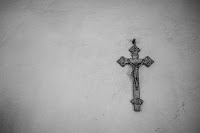Beginning and Firstborn

In Colossians , Paul stresses the exaltation of Jesus following his Resurrection. Some members of the congregation were confused about his authority over the spiritual powers that were hostile to God and His people; therefore, Paul reminded the Assembly of just how highly God exalted the One who became the “ Firstborn of the Dead .”















